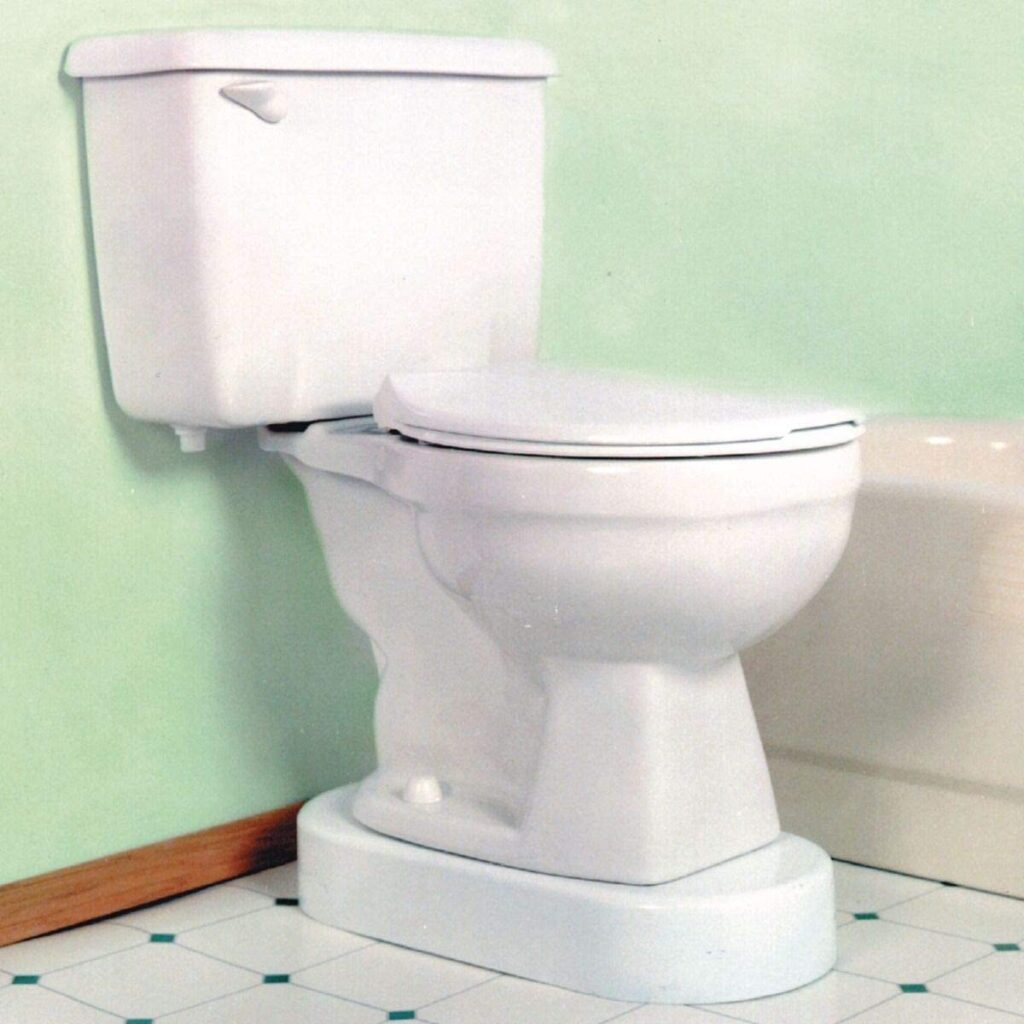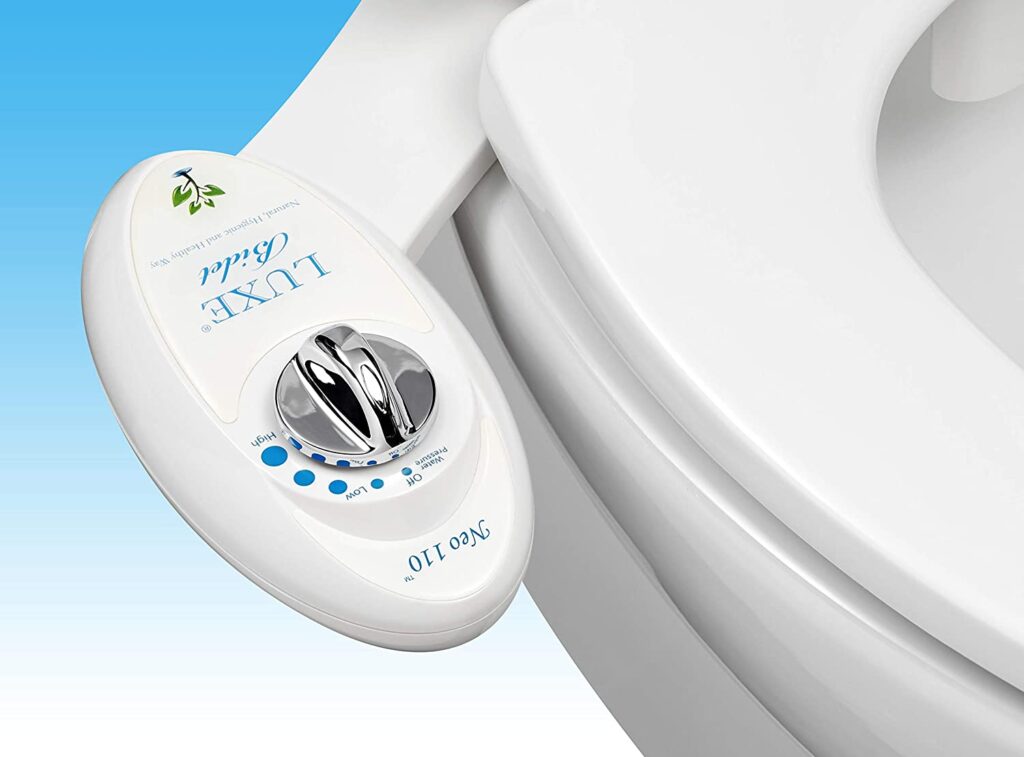If you’ve ever walked into your bathroom and noticed a bad smell coming from the sink, you’re not alone. It’s actually a common problem, and it can be tough to get rid of. That unpleasant odor might not just be annoying; it could be a sign that there’s something wrong with your plumbing.
The good news is, you don’t need to be a plumber to fix it.
In this guide, we’ll walk you through how to remove that sink odor using simple items you already have at home. We’ll cover everything from figuring out what’s causing the smell, to cleaning the right areas, and making sure it doesn’t come back.
Table of Contents
Common Causes of Bathroom Sink Odor
Before you grab harsh chemicals or call someone to fix the problem, it’s a good idea to figure out what might be causing that smell in your bathroom sink. Here are some of the most common reasons:
Buildup of Stuff
Your sink gets a lot of use—hair, toothpaste, soap, shaving cream, you name it. After a while, all that stuff can stick to the inside of the pipes and start to break down. This can lead to a bad smell that seems to come out of nowhere.
Dry P-Trap
If your bathroom sink hasn’t been used in a while (like in a guest bathroom), the water in the P-trap (the curved pipe under the sink) might dry up. That water is supposed to stop bad smells from coming back up from the sewer. When it’s gone, sewer gases can easily sneak into your home.
Clogged or Dirty Drain Pipes
Food, grease, and other debris from other sinks can build up in your bathroom drain pipes—especially if your house has shared pipes for the sinks. These hidden blockages can trap bacteria and moisture, making the smell stick around.
Mold or Mildew in the Overflow Hole
The little hole under your faucet is there to stop the sink from overflowing. But it can also trap water, and if it doesn’t dry out properly, mold and mildew can grow there. This can create some pretty unpleasant smells.
Sewer Gas Leaks
This one’s not as common but can be a bigger issue. If you’ve ruled out the other causes and the smell is strong, like rotten eggs, you might have a sewer gas leak. If that’s the case, it’s best to call a professional for help.
Here’s a quick look at common causes and how to address them:
| Cause | Typical Smell | Quick Fix |
|---|---|---|
| Organic matter buildup | Musty, dirty | Clean with baking soda + vinegar |
| Dry P-trap | Sewage-like | Run hot water for 1–2 minutes |
| Clogged/dirty drain pipes | Sour, rotting | Flush and clean pipes thoroughly |
| Mold in overflow hole | Mildew, musty | Clean with bleach or vinegar solution |
| Sewer gas leak | Rotten eggs | Call a licensed plumber |
Step-by-Step Guide to Remove Sink Odors
Now that we know what causes those nasty smells, let’s walk through exactly how to fix them.
1. Flush the Drain With Boiling Water
Sometimes the simplest solution works best. Boiling water can break down light grease and soap residue and wash away bacteria that might be causing minor odors.
How to do it:
- Boil a full kettle or pot of water.
- Slowly pour it down the drain in stages, allowing a few seconds between pours.
Safety Tip:
If your bathroom sink is porcelain, avoid pouring the entire kettle at once. Sudden high heat could crack the sink. Pour in two to three slow rounds, allowing the sink to cool between each.
2. Use Baking Soda and Vinegar
This classic DIY combo is a powerful, non-toxic way to clean drains and neutralize odors.
Steps:
- Pour ½ cup of baking soda directly into the drain.
- Follow with 1 cup of white vinegar.
- Let the mixture bubble and fizz for 10 to 15 minutes.
- Flush with hot (not boiling) water to rinse it all away.
The reaction between the baking soda and vinegar helps dislodge buildup, break down gunk, and eliminate bad smells without damaging your pipes.
3. Clean the Stopper and Drain Cover
Hair, soap, and other debris often get trapped in or around the stopper. Even if you clean the surface, hidden buildup underneath can still cause smells.
How to clean it:
- Pull the stopper out of the drain (you may need to twist or unscrew it).
- Use gloves and a drain cleaning brush or tweezers to remove visible grime.
- Rinse everything with warm, soapy water.
Helpful Product Tip:
We recommend something like the OXO Good Grips Drain Cleaning Brush—it’s affordable and makes cleaning deep into narrow pipes easier.
4. Sanitize the Overflow Hole
That small hole near the top of your sink isn’t just for overflow—it’s also a mold trap if left uncleaned.
How to clean it:
- Use a small bottle brush or a flexible straw brush.
- Pour a mix of 1 part bleach to 10 parts water (or use vinegar if you prefer natural cleaning).
- Carefully scrub the inside and pour a little of the solution to disinfect.
Be sure to run clean water afterward to flush away any remaining cleaner or residue.
5. Check the P-Trap for Blockages
If the smell persists, it might be time to inspect the P-trap—the curved pipe under your sink.
How to do it:
- Place a bucket underneath to catch water.
- Use a wrench to carefully unscrew the P-trap.
- Clean it thoroughly with warm soapy water and a brush.
- Reattach and make sure it’s sealed properly.
Note for Beginners:
If you’re not comfortable disconnecting pipes, it’s okay to skip this step and try the above methods first. Or consult a plumber if you suspect a deeper issue.
When to Use Commercial Drain Cleaners
If you’ve already tried hot water, baking soda, vinegar, and a good scrub—but that smell still lingers—it might be time to bring in the reinforcements: commercial drain cleaners.
These can be a quick and effective fix, especially if the odor is caused by deeper buildup that basic cleaning can’t reach.
That said, use caution.
Many commercial drain cleaners are chemical-heavy and can damage pipes over time if used too often—especially in older plumbing systems. If you do go this route, it’s best to opt for enzyme-based or foaming cleaners, which are safer for both your pipes and the environment.
Recommended Products:
- Green Gobbler Enzyme Drain Cleaner – Made with natural bacteria and enzymes, it digests organic waste and keeps drains smelling fresh. Ideal for monthly maintenance.
- Drano Max Gel Clog Remover – Great for occasional use when the clog is too stubborn for natural methods. Just don’t use it more than once a month.
💡 Pro Tip: Avoid mixing chemical cleaners with vinegar or bleach, as it can create toxic fumes.
Preventing Odors From Coming Back
Now that you’ve tackled the unpleasant smells from your bathroom sink and restored freshness, let’s focus on maintaining that cleanliness for the long term. The secret to a consistently fresh-smelling sink lies in regular upkeep and proactive care. With these simple yet effective maintenance habits, you can keep odors at bay and enjoy a pleasant bathroom environment all year round.
1. Run Water Weekly
If your bathroom sink isn’t used regularly, such as in a guest bathroom, the water in the P-trap can dry up. This creates an open pathway for unpleasant odors to sneak through the drain. To avoid this, make it a routine to run the tap for at least 30 seconds once a week. This simple step will help maintain the water seal in the P-trap, effectively blocking odors from rising into the bathroom.
2. Use a Mesh Drain Cover
Hair, soap scum, and other debris can often be the main culprits behind drain blockages and the resulting smells. A mesh drain cover acts as a barrier that prevents hair, dirt, and other waste from making their way down the drain. Installing one is a quick and inexpensive solution that can save you from future clogs and stinky smells.
You can easily find multi-pack drain covers on platforms like Amazon. They’re designed to be reusable, simple to clean, and affordable—just the right combination for everyday use.
3. Monthly Baking Soda & Vinegar Rinse
For a deep clean, perform a simple monthly treatment using baking soda and vinegar. Pour about half a cup of baking soda down the drain, followed by one cup of vinegar. Allow the mixture to sit for 10 minutes so it can break down any lingering grime or buildup. Then, flush the drain with hot water. This natural, chemical-free method is not only effective but also gentle on your plumbing.
Incorporating this into your monthly cleaning routine is an easy and effective way to ensure your bathroom sink remains fresh without the need for harsh chemicals.
4. Don’t Pour Grease or Oils Down the Drain
While this problem is more common in kitchen sinks, bathroom sinks are not immune. Certain bathroom habits—like rinsing away oily skincare products or shaving creams—can cause grease to build up in the pipes. The oils trap debris and create an ideal environment for bacteria to grow. To prevent this, always wipe off any excess grease or product with a tissue before tossing it in the trash. Never pour oils or greasy substances down the drain.
By making this small change in your routine, you’ll prevent unwanted blockages and foul odors in the future.
Final Thoughts
Dealing with bathroom sink odors can be frustrating, but the good news is that most of the time, it’s a problem that can be easily managed with a few preventive measures. Whether the odor is caused by organic buildup, stagnant water in the P-trap, or something else, each issue has a straightforward fix.
Start by using natural DIY methods like boiling water, baking soda, and vinegar to maintain a fresh-smelling sink. Only reach for commercial cleaners if absolutely necessary. Regular, small maintenance efforts can go a long way in preventing unpleasant surprises down the road.
Looking for even more convenience? Check out our recommended products above that help keep your sink clean, fresh, and odor-free with minimal effort.
With just a little attention, you can enjoy a bathroom that smells fresh every day.
Quick FAQ: Sink Smell Solutions
Q: Why does my bathroom sink smell like rotten eggs?
A sulfur-like odor often signals the presence of sewer gas or stagnant water in the P-trap. Simply running the water for a minute may clear it up. If the smell persists, you might need to clean the P-trap or inspect for leaks in the system.
Q: Is it safe to pour bleach down the drain?
Bleach can be effective in killing odor-causing bacteria, but it should be used sparingly. Avoid mixing bleach with vinegar or ammonia-based products, as the combination can produce harmful gases.
Q: Can a plumber fix bad smells from the sink permanently?
Yes, a professional plumber can help resolve persistent sink odors. If home remedies haven’t worked, a plumber can check for deeper plumbing issues like hidden leaks, cracked pipes, or other factors that may require expert attention.






